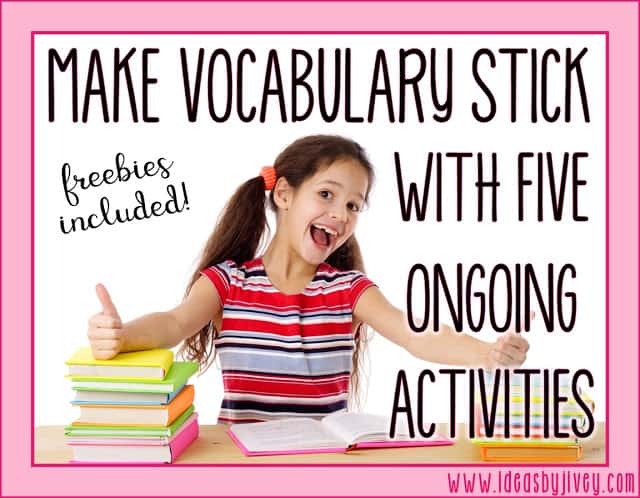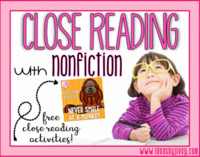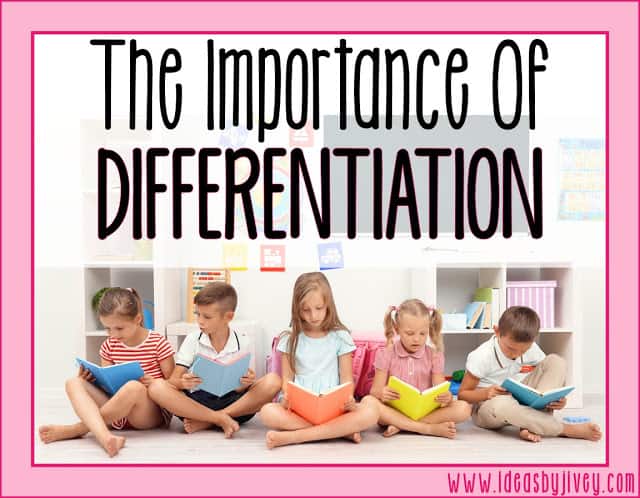
Are Picture Books COMPLEX Enough?
A question I am asked frequently, because of my use of picture books as mentor texts, is: “Are picture books really complex enough for my

A question I am asked frequently, because of my use of picture books as mentor texts, is: “Are picture books really complex enough for my

As you learned in my previous post, it’s time to throw the vocabulary list OUT! Students need the words in context, and they need practice

Give a list of vocabulary words to look up in the dictionary, write a sentence, and then take a quiz on Friday…… these practices

Text evidence… those two words are so important for a reading teacher! We want students to be able to infer and draw conclusions while using

Nonfiction close reading can often be tricky for our elementary kiddos because many texts that we find are so long, it can be hard to

If you’ve been a teacher within the last decade, you know the word “DIFFERENTIATION” isn’t just the latest and greatest buzzword. It’s crucial across all